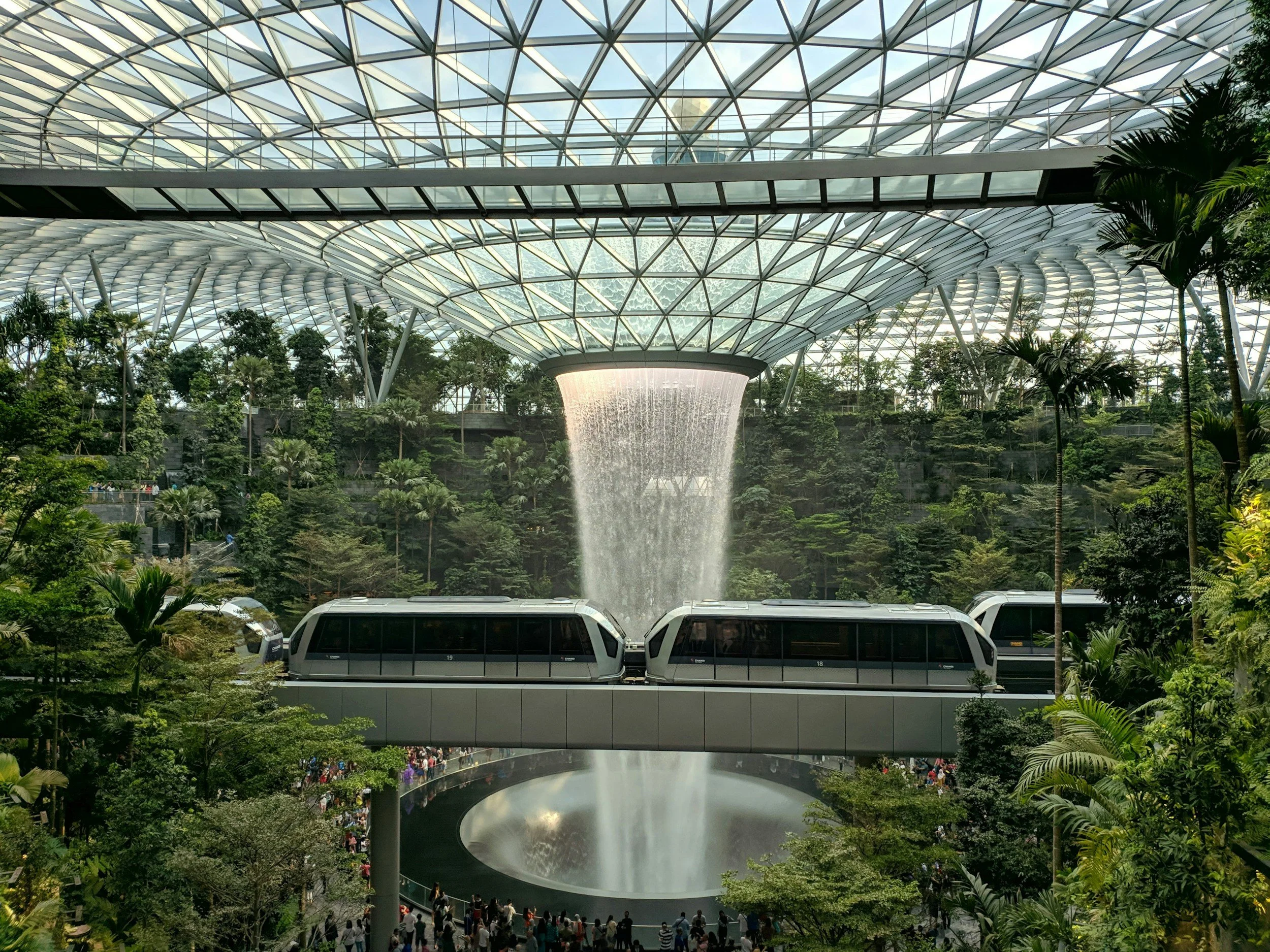
Blog
Ideas That Spread

What is a “Living Brand”?
In the ever-evolving world of branding, the concept of a "living brand" emerges as a beacon of innovation and responsiveness. A living brand is akin to a sentient being; it possesses the ability to sense, empathize, decide, act, and evolve. It is adept at gathering and processing data to understand and respond to customer needs, recognize emotions, make valuable decisions, and learn from past outcomes to enhance future outcomes.

